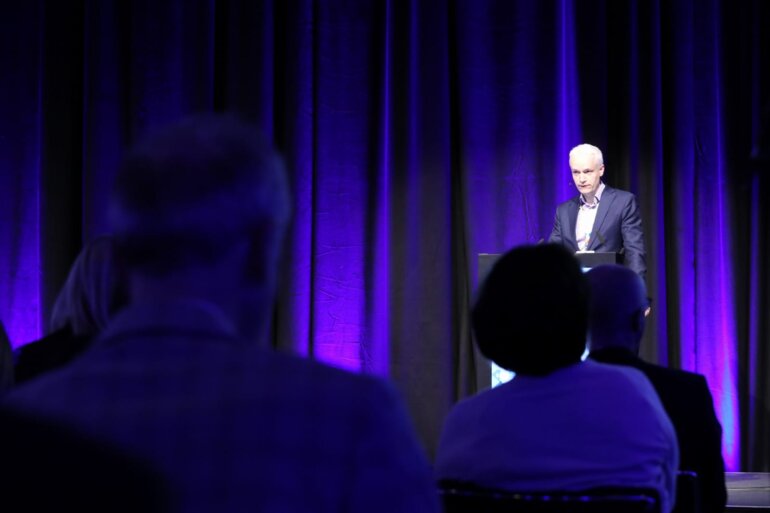Despite age-specific difficulties, increased understanding of sarcoma biology is leading the way to the development of new treatment strategies
Treating sarcoma in adolescents and young adults (AYAs) is challenging. Key aspects include differences in the effects of treatment and variations in the biology of disease compared with other age groups. For reasons that are not currently understood, the efficacy of systemic treatments against some soft tissue sarcomas (STSs) in AYA patients is inferior to that observed in the paediatric population, with worse outcomes. Mechanisms that have been postulated to explain the poor outcomes include different histotypes in AYA patients and the possibility that the dose intensity reached in children is not achieved in AYAs.
With the round cell sarcoma, Ewing sarcoma, which is one of the most prevalent bone sarcomas in AYAs, the disease may be different across age groups. Soft tissue, rather than bone, is commonly the primary site of Ewing sarcoma in young adults. Of note, treatment results appear worse for Ewing sarcoma originating from soft tissue compared with bone. We also now know that distinct types of round cell sarcoma exist, for example, CIC-rearranged sarcomas mostly arise from soft tissues. Currently, these rare round cell fusion sarcomas are treated with a similar protocol to Ewing sarcoma, but a different approach may be more appropriate.
Despite these hurdles, we are making progress in improving outcomes in some sarcomas in AYAs. In desmoid tumours, for instance, we have shifted the treatment paradigm completely. Previously, this locally aggressive cancer was treated with surgery; however, there is now a consensus towards a more conservative management strategy of active surveillance (Eur J Cancer. 2020;127:96–107). This approach avoids overtreatment in patients who could spontaneously regress and reduces the chance that repeated surgery could promote recurrence. Surgery is now offered to selected patients, such as those with recurrent disease, especially if a further recurrence is difficult to treat.
Increasing knowledge about the biology of sarcoma subtypes that occur in the AYA population is leading to the exploration of new treatment options. Synovial sarcoma is one of the most common STSs in AYAs and there is hope that novel immune-based therapies may provide the key to improving their outcomes. Various cancer testis antigens are expressed at high levels in synovial sarcoma, including New York oesophageal squamous cell carcinoma 1 (NY-ESO-1), and several targeted vaccines and adoptive T-cell-based therapies are in development (J Immunother Cancer. 2021;9:e002072). As another example, we know now that a large proportion of epithelioid sarcomas have lost expression of INI1/SMARCB1 and this leads to oncogenic dependence on the transcriptional repressor, EZH2. Promising clinical activity was seen in a phase II trial of the oral EZH2 inhibitor, tazemetostat, in advanced epithelioid sarcoma with loss of INI1/SMARCB1 (Lancet Oncol. 2020;21:1423–1432) and we await results from a phase Ib/III trial of tazemetostat plus doxorubicin, which is expected to complete in 2027 (NCT04204941).
Understanding the impact of sarcoma and its treatment on the lives of AYA patients, and prolonging those lives with new innovative treatment strategies, remain important priorities, which should be areas of active research.
Highlighted session:
Paediatric / AYA sarcomas. ESMO Sarcoma and GIST Virtual Symposium 2022
Main symposium, 02.02.2022, h. 15:45 – 17:15, Channel 2







